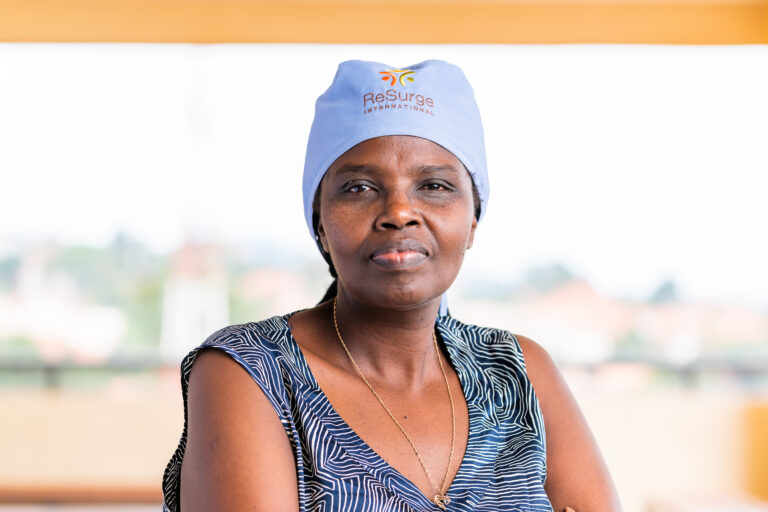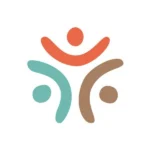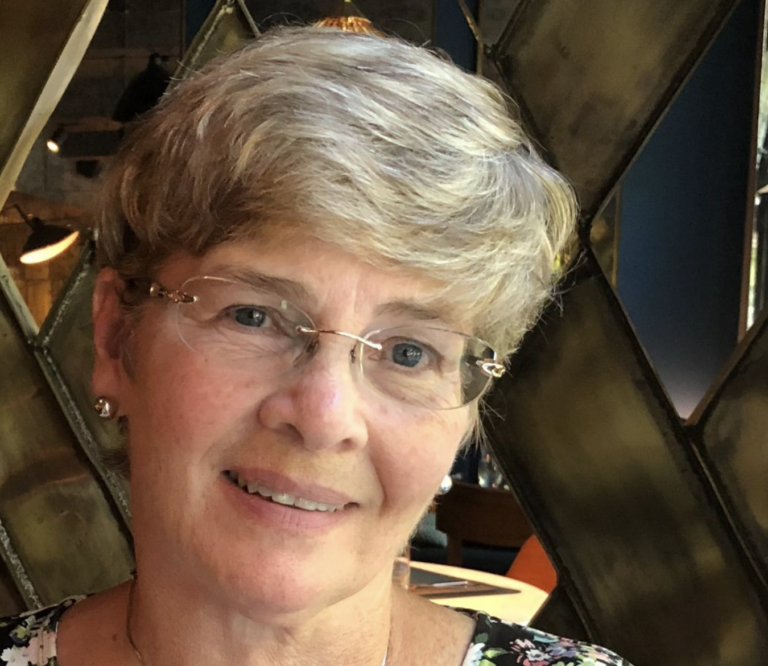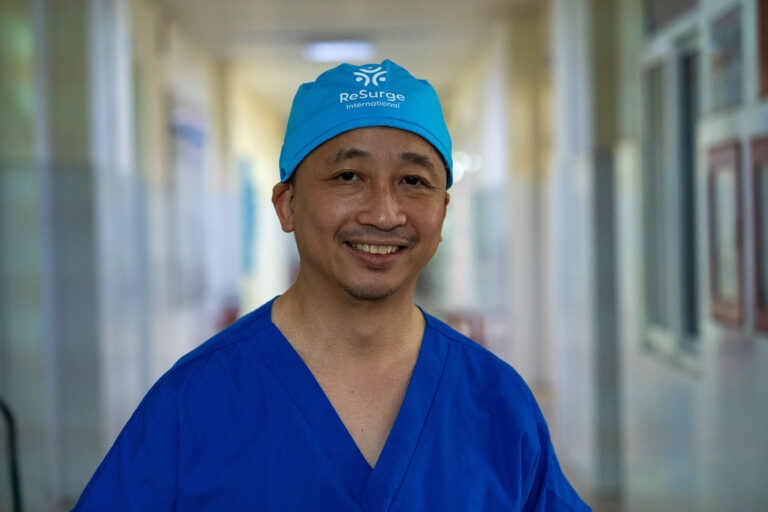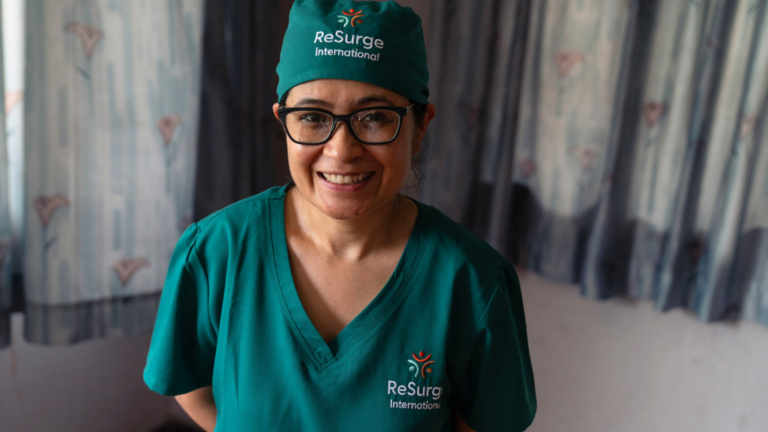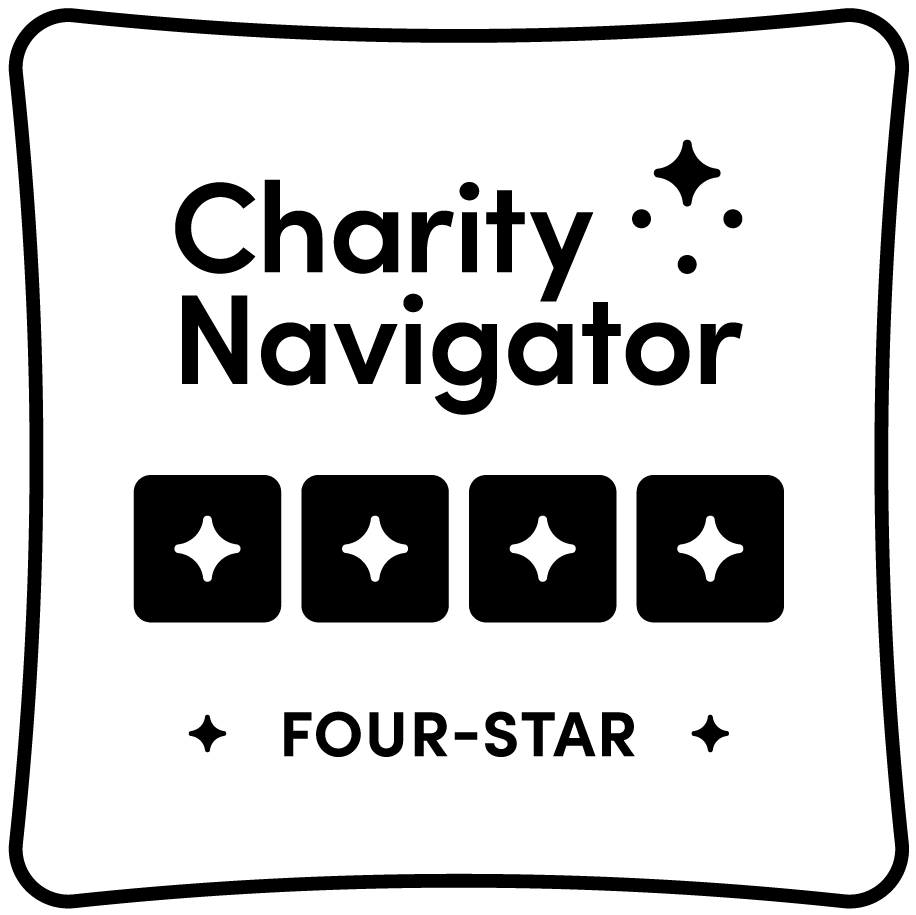At ReSurge, we transform lives in low-income countries by training, funding, and empowering local reconstructive surgical partners. In honor of Women’s History Month, we caught up with ReSurge Surgical Outreach Partner, Dr. Rose Alenyo from Uganda.
Tell me a little about yourself. What made you want to go into medicine?
I come from a family of 17 children, and I was somewhere in the middle of the family. My parents were very busy working and they were very keen on us going to school and cared a lot about our education. During high school, my younger brother had a very severe case of malaria, and he was convulsing, so we needed to take him to the hospital. I went there and encountered the healthcare workers and had an experience where one of the workers was very unkind to us, and particularly my mother. She said to my mother, “Why should you wail so much [about my younger brother’s emergency] when you have lots of children?” And I thought that was very unkind. So I thought to myself, if I do medicine, I’ll probably be a better, kinder person to my patients. I even thought maybe I’d work in this same hospital and show them how to handle things.
What was it like for your training pathway to become a surgeon in Uganda? What obstacles did you face?
So when I finished medical school, it was challenging trying to get into a township for my placement, so as a result I went very, very far into the countryside. We did a lot of surgery there because it was during war — so there were a lot of gunshots and landmine injuries to take care of. Although when I was a medical student, I excelled in pediatrics, so I thought I would go into that. But because I enjoyed surgery so much, I changed my mind. However, the next hurdle was getting a scholarship. The government gives these scholarships, and you apply and do interviews. It was much easier for you to get a scholarship at that time for females when you’re going to do something like pediatrics or OBGYN, for example. For surgery, another challenge was that it seemed like a man’s job. As a male, you will find all the scholarship interviews in surgery. However much you do as a woman, you would be compared to men. So you kind of look at it like, should I push so hard to do this? And I was really tiny, weighing about 48-50 kg, so there was a voice in my head saying I couldn’t do surgery because it needs a lot of energy. There are those small issues like I just described that make you keep on wondering whether you should really go for surgery? Will they make you [a surgeon]?
Watch Dr. Alenyo speak about being a woman surgeon and why she went into medicine
How long was your training process for medical school and surgery training?
That’s another hurdle — that it’s so long. So we have five years of medical school, one year of a junior housejob (at that time you had to have at least two years in the field), three years of general surgery, and three years for plastic surgery, so 12 years altogether. Then you have the challenge of being married and having children, because of the timing. If you want to have children in between training components, you can do that and take a break. But once you join medical school and surgery training, it’s very challenging to take a break. So you have to hustle between being a housewife, a mother, and a student, with no real holidays or breaks for pregnancies. You look at your friends and they are already in the field, and so you will always kind of be behind them. For example, once I had a C section on a Friday and had to take an exam on Monday. I felt very frail but I got through it.
What does the typical work week look like for you? What types of reconstructive surgeries do you perform most?
We always have very long days because we combine the burns unit and the reconstructive one, which makes it very busy. We are at least working from 8am until 4pm to cover the normal cases for the day, and often the work extends longer. I do breast, cleft, and lower limb surgeries along with post burn contractors. I would say about 70% of our case volume is burn; also lower limb trauma and tumors make up a large portion of our cases.
How did you become involved with ReSurge?
I first connected with ReSurge through their partnership with the College of Surgeons of East, Central and Southern Africa (COSECSA). Then, they sent their annual scholarship recipient from Tanzania, Dr. Seif Nuru, to do his of his training with me because in Tanzania they didn’t have a reconstructive surgeon. Now I am a Resurge Surgical Outreach Partner, which means that ReSurge reimburses some of my cases and I am a part of their network of partners around the world. ReSurge also facilitated a partnership between Kiruddu Hospital in Uganda with Johns Hopkins University, so we will often have a team of ReSurge Medical Volunteers from Johns Hopkins come train our local team as part of a Surgical Team Training Trip.
What case or patient stands out to you the most and why?
You know, the specific case that actually made me choose this path was one in my training where there was a child whose face got bitten by a pig roaming around – and half the face was eaten. We had to reconstruct the face in bits, and eventually over 2-3 years that we were finished. But the end result was something that I was shocked to see. It gave the child a chance at a new life. Often, you know, I get the feeling of repairing someone’s burns and they can go back to work or school – that’s an amazing thing.
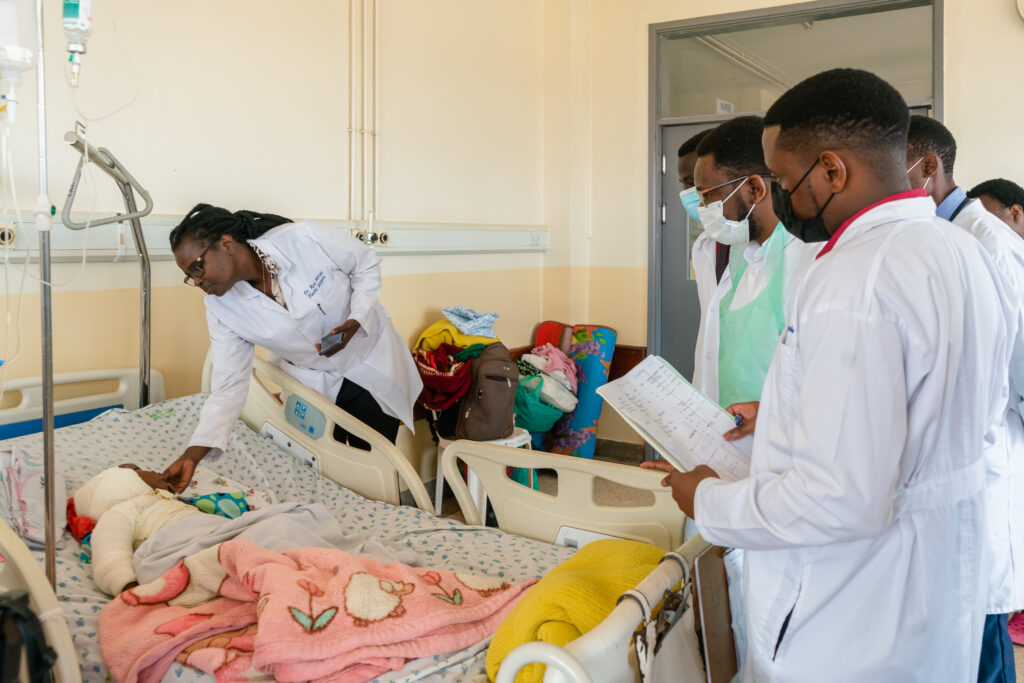
What challenges do you face in your practice?
The main thing is that while we work so hard and do so much, we can only reach so many people. The need is that great. You still see messages about the next child who needs help, and you know you’ve made one family happy, but there are a million more – like the work you’ve done is only a drop in the ocean. So you feel pressed to always be doing more. I believe this is why I’ve really put my energy into getting people to come and train.
Another piece is the challenge of being able to get my patients back for follow-up. You let them go home and usually won’t be able to see them again usually because they can’t afford to come back, maybe two years later if you are lucky, with lots of complications. You need to improvise to adapt to these situations [and make the best possible outcome].
How does ReSurge help address those challenges?
As I said earlier, training is really important. ReSurge helps with this because they open their door to expanding training, like with giving us a training room where we can teach in a conducive environment with teaching resources. There are also transfers and exchange programs that help with facilitating training improvement. ReSurge gave us a microscope for microsurgery that students can now train on, for example, which gives you a feel of what that’s actually like. [ReSurge] also brings knowledge, you know, so like in the Surgical Team Training Trips they’ve done. Additionally, we share our case logs with ReSurge and based on those we can determine how they can best help us – like with supplying more instruments at the center to increase numbers. ReSurge also helps with funding, reimbursing cases of some of our patients who can’t afford treatment.
What are your goals for the future of reconstructive surgery in your country?
Our first primary goal is to increase the number of surgical providers. The U.S. has 1 reconstructive surgeon per 50,000 people, while Sub-Saharan Africa only has 1 reconstructive surgeon per 10 million people. Another goal is in the development of more specialized surgeons and services, because right now we are all general plastic surgeons and need to do it all. There are key areas like hand surgery, and right now we don’t have a hand surgeon, so we want to find people to train in hand surgery. Then, we want to build up microsurgery because it really relieves the burden of transferring huge tissues. Another goal of mine is to get more females interested in doing plastic and reconstructive surgery. Right now we only have three total, or something like that. I’m very sure there are many women who will be excellent at this work, and we need to get them involved.
Find us on Instagram for more inspiring ReSurge content

